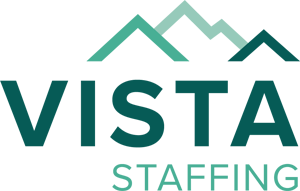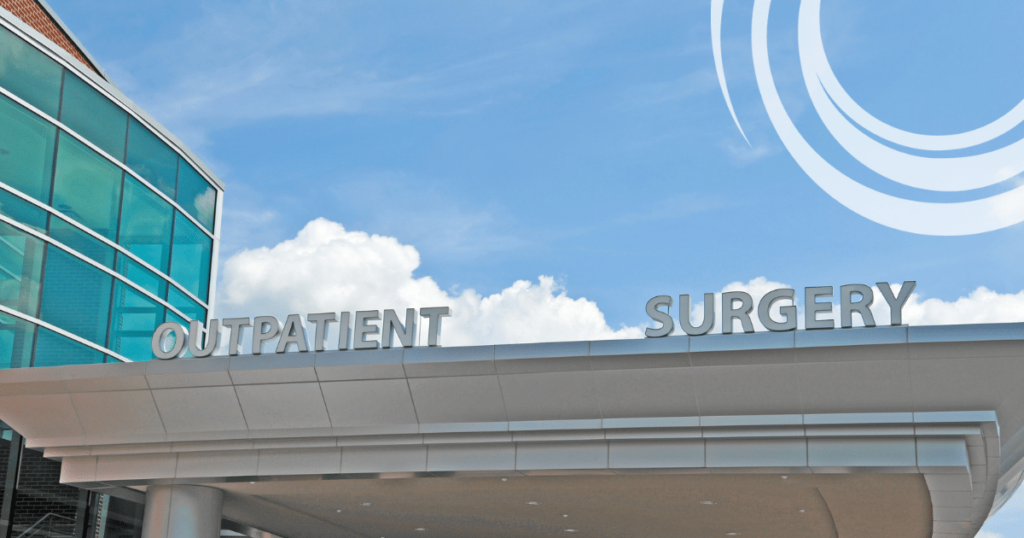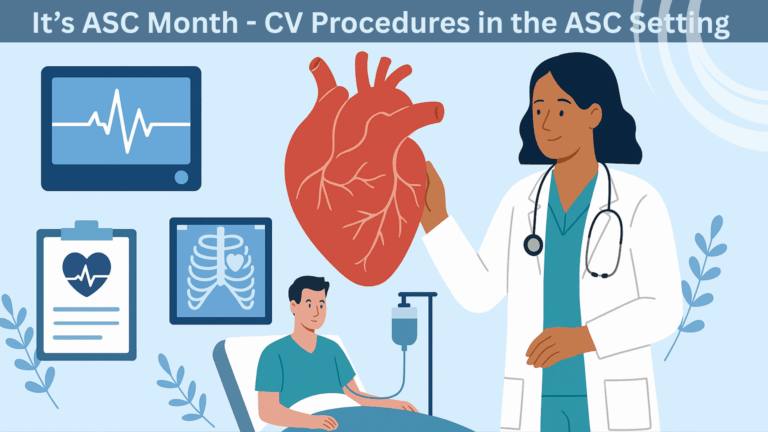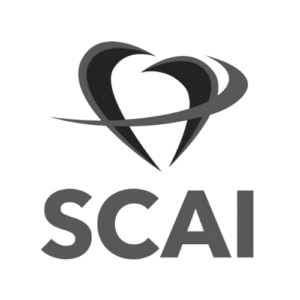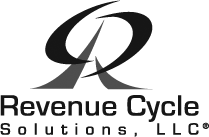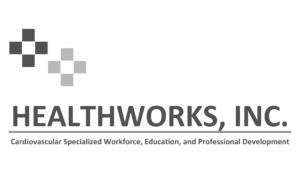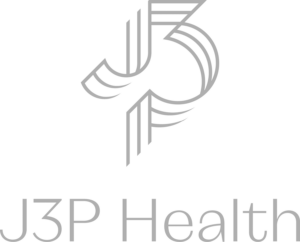Cardiac Procedures in the ASC: A Timeline
In 2016, the Centers for Medicaid and Medicare Services (CMS) added pacemaker implants to the list of approved procedures that could be performed and reimbursed in ambulatory surgery centers (ASCs). In 2019, diagnostic cath procedures were added to the list, and in 2020, six cardiac percutaneous interventional (PCI) procedures were approved. This was done in response to observational studies that have shown no difference in short-term or long-term adverse events for patients receiving PCI in an ASC vs. those having the procedure done as a hospital inpatient with same-day discharge.
The Advantages of Shifting to Ambulatory Surgery Centers
This is a significant finding that reveals a great opportunity for CV programs. While the CMS payment is less (can be up to 37%), the benefits of shifting the setting of care can more than make up the reimbursement differential if the shift takes place correctly. This means that the way care is delivered must be adapted to match the less-acute outpatient setting. In fact, ensuring that the cost of care is lowered via clinical and operational strategies is essential to maintaining margins for relevant DRGs.
Further benefits of moving PCI procedures to the outpatient setting include:
-
- Improved efficiency of care
- Increased access to care
- Greater provider satisfaction
- Enhanced patient experience
The Transition to the Ambulatory Setting: What it Takes
Keep in mind, however, that this switch cannot happen overnight. Before your organization is able to offer PCI (or any clinical services) in an ASC, you must have an agreement with CMS to participate as an ASC. But first, the ASC must comply with particular state licensure requirements and become licensed by the state prior to obtaining the CMS agreement.
In addition, the ASC must meet the stipulations outlined in the 2023 SCAI Consensus Statement on PCI Without On-Site Surgical Backup. These standards address facility design needs, staffing requirements, and operator competency, in addition to emergent transfer protocols and the scope of procedures. Not all PCI patients are appropriate for the ASC setting based on clinical presentation, co-morbidities, or complex morphology. Examples of high-risk PCI procedures for which CMS will not reimburse in an ASC include complete total occlusions (CTO), or PCI for coronary artery bypass grafts, myocardial infarction, or coronary atherectomy. Since the ASC does not provide options for patients to stay overnight, patients must be discharged to home by day’s end, so higher-risk patients should remain as inpatients for PCI, just simply due to the increased likelihood for complications that the lower-acuity setting cannot address. Achieving optimal outcomes must remain the top priority.
Because the NCDR CathPCI registry does not yet accept submission of data from the ASC, nor do they include metrics specific to the ASC site of service, outpatient centers need to establish mechanisms to capture the data necessary to adequately evaluate cost and quality outcomes. Patients should receive the same care for their procedure regardless of where the procedure was performed. This includes establishing metrics for monitoring pre-procedural, intra-procedural, and post-procedural adverse events as well as outcomes.
Evaluating an ASC Business Plan: The Need for a Market Analysis
As more and more procedures begin shifting to the outpatient arena, hospitals will need to consider whether an ASC setting is a viable option in the local or regional marketplace. By moving routine, lower-risk cardiovascular procedures out of the hospital to an outpatient setting, valuable interventional procedural lab time can be made available for other high-end complex PCI and electrophysiology cases, as well as structural heart procedures, neuro intervention, or other procedure types that can backfill the lab space. Whether a differentiation strategy, one to address access-to-care shortfalls, or as a means to increase volumes, understanding the opportunity begins with understanding the market.
The Case for Neuro-Interventional Procedures in an ASC
With the consideration of adding neuro-interventional procedures, a hospital can upgrade from a primary stroke center to one that is thrombectomy-capable or comprehensive certified. This idea is gaining traction as hospitals understand the synergies between cardiac and neuro intervention and realize the opportunities to capitalize on shared space, equipment, staff, and more with this approach. Shifting PCI to an ASC is the foundational step for taking advantage of this specific opportunity.
In order to evaluate the business plan for moving forward with any of these initiatives, a market analysis should be conducted. In addition, there are various financial implications, such as specialty manpower needs and overall staffing, as well as equipment upgrades.
Physician-Hosptial Partnerships in ASCs: Benefits and Challenges
Many entrepreneurial physicians have taken a keen interest in establishing a joint venture with the hospital to form an ASC. There are careful considerations that need to be addressed as hospitals venture into these partnerships. Physician ownership in an ASC can have potential conflicts of interest that require legal guidance and policy development. It is vital that sound clinical decisions are made using evidence-based care protocols. In addition, federal law dictates that the physician must disclose ownership and additional compensation factors to patients so that they can make an informed decision to have their procedure at the ASC.
Benefits of Pursuing PCI Program Accreditation in an ASC
As cardiac procedures shift toward the ambulatory setting, organizations must give serious consideration to the prospect of accreditation for their PCI programs. It is not as simple as transferring services; specific requirements must be met to ensure patient safety remains paramount and to comply with any/all state regulations, should they be required. The 2023 SCAI Expert Consensus Statement of PCI without On-Site Surgical Backup is an essential guide in this process, outlining key elements such as facility design needs, staffing requisites, operator competency, emergent transfer protocols, and the scope of procedures. As an accrediting body, Corazon is uniquely suited to help healthcare organizations achieve increased program efficiencies, improve patient satisfaction, maintain the highest quality and outcomes, and ensure adherence to national and societal quality standards and best practices.
Contact Corazon For Your Ambulatory Surgery Center Needs
Notably, Corazon’s accreditation process fosters collaboration and learning, empowering the ASC team to reach and potentially surpass their maximum potential. Additionally, Corazon encourages healthcare leaders to be well aware of the industry changes occurring regarding the cardiovascular shift into ASCs, as well as become familiar with state regulations or restrictions, and how they may affect their organization’s interest and opportunity around this popular topic of ASCs.
Need additional information? Contact the Service Line Experts today.

 company
company 
 (412) 364-8200
(412) 364-8200






